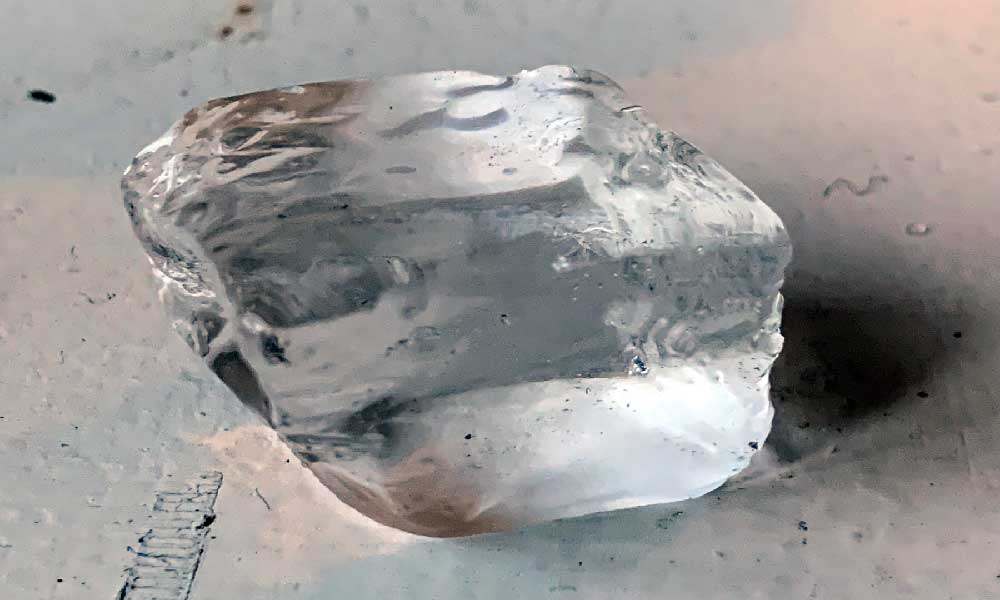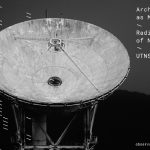Week 1: 1/24 Introduction
This course aims to provoke dialogue about practices of observation, and invent new ways of looking. What exactly does it mean to “observe”? Observation is neither neutral nor passive—the very process of looking can both shape the thing being observed and change the person who is doing the looking.
This course will explore the ways that the very act of structured attention changes the perceiver(s) and by extension creates new experiences and understandings. We will investigate how past practices of observation have actually defined what we know about the world and how structured and documented observations might instigate change.
Students will explore new ways of observing in order to deepen their existing research. Inspired by precedents—e.g. the archives of everyday life created by the British Mass Observation Movement; practices used by German polymath Alexander von Humboldt; current research of the Observational Practices Lab: objectamerica.org—students will develop their own experimental ways to observe an object, from the rigorously structured to the playfully absurd. These new practices of observation—including senses, specialized instruments, and speculation—will be developed, conducted and recorded in the conceptual framework of fluxus event scores linking back to John Cage’s teaching at The New School during the 1950s. This collection of “Observation Event Scores”—brief verbal or visual notations—will inspire students to apply different ways of looking at their object of investigation.
Throughout its long history, observation has always been a form of knowledge that straddled the boundary between art and science, high and low sciences, elite and popular practices. As a practice, observation is an engine of discovery and a bulwark of evidence…It is pursued in solitude but also in the company of thousands. (Daston & Lunbeck, 2011, p. 7)
Expected Outcomes
Students will:
(1) Create a visual archive to document different ways of looking at a research object;
(2) Develop and conduct a workshop that teaches a methodology of observation;
(3) Submit a chapter to OBJECT AMERICA Atlas.
Week 1: Workshop
What is an ice cube? Observe the ice cube through the lens of your discipline and document your process as a short instruction.
Prepare For Next Week:
Look at your professional practice. Think of a moment in which you translated observation into something visual. Most likely, everything you do starts with some kind of observation and ends with an action of form-making (giving shape to an idea, a thought, an observation—create an image, make a sketch, write a word). In this sense, you can assess any project of your past. Prepare a 5-10 min narrative that deconstructs this process into three actions:
(1) Methodology of observation.
(2) Translation into visual: what does it look like and why?
(3) Instruct somebody else to do the same in less than 5 lines.
You are encouraged to bring simple visuals to support narrative. Upload a PDF to the class google drive (week 2).
Reference: Fluxus Event Scores
the Fluxus P e r f o r m a n c e Workbook
edited by Ken Friedman, Owen Smith and Lauren Sawchyn
a Performance Research e-publication 2002
Draw a Line and Follow It
Nam Jun Paik performing event score: Composition 1960 No. 10
Readings For Next Week:
Crary, Jonathan. (1990). Modernity and the Problem of the Observer. In Techniques of the Observer (pp. 1-24). Cambridge, MA: MIT Press.
Daston, Lorraine, and Peter Galison. “The Image of Objectivity.” Representations, no. 40, 1992, pp. 81–128. JSTOR, www.jstor.org/stable/2928741.
(You will find the readings in our shared google drive)





Comments by Pascal